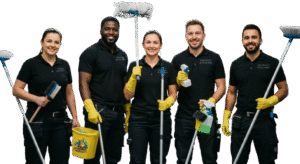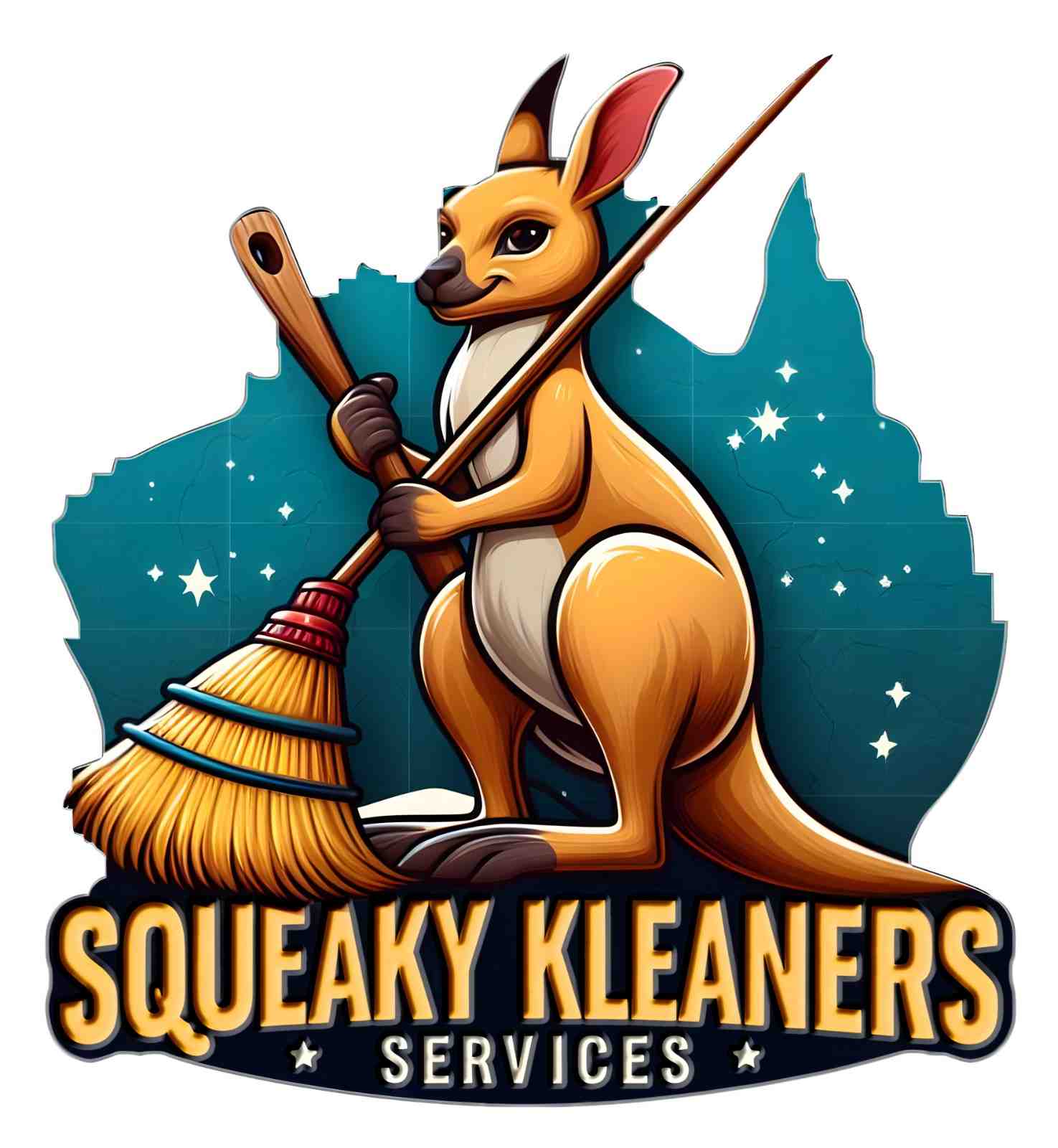Eco-Friendly House Cleaners: 7 Shocking Reasons
I used to judge cleaning products by how strongly they smelled. If my bathroom didn’t reek of artificial lemons for hours, I assumed it wasn’t really clean. Then my dog started sneezing every Thursday—cleaning day—and my best friend’s toddler broke out in hives after crawling on my freshly mopped floor.
That’s when I learned the hard truth: That “clean” smell? It’s usually chemicals you shouldn’t be breathing. And eco-friendly house cleaners? They actually work better without the toxic side effects.
After two years of testing alternatives (and converting skeptical family members), here’s what every homeowner should know.
What’s Inside
1. The Dirty Truth About “Clean” Smells
Let’s get real—that overpowering pine or lemon scent? It’s not cleanliness. It’s a chemical mask.
Traditional cleaners work by:
-
Killing everything (including good bacteria)
-
Leaving toxic residues that “keep working” (i.e., keep polluting your air)
-
Covering odors instead of eliminating them
Eco-friendly house cleaners take a different approach:
-
Enzymes break down grime like your body digests food
-
No harmful residues remain on surfaces
-
Neutralize odors instead of masking them
Funny story: My “chronic allergies” disappeared when I switched. Turns out I wasn’t allergic to dust—I was reacting to the cleaners I used to remove dust.
2. 5 Ingredients That Should Come With Warning Labels
Check your current products for these red flags:
-
“Fragrance” or “parfum”
-
Industry term for 3,000+ possible chemicals
-
Often contains phthalates (hormone disruptors banned in EU)
-
-
Quaternary ammonium compounds (“quats”)
-
Found in disinfectant wipes and sprays
-
Linked to antibiotic resistance (CDC warns)
-
-
Chlorine bleach
-
Reacts with organic matter to form carcinogens
-
Fumes can trigger asthma attacks
-
-
2-Butoxyethanol
-
Gives cleaners their sweet smell
-
Causes liver/kidney damage in high doses
-
-
Triclosan
-
“Antibacterial” agent that breeds superbugs
-
Banned in hand soaps but lingers in cleaners
-
Pro tip: If you need gloves and ventilation to use a product, maybe don’t rub it where kids play?

3. How Eco-Friendly House Cleaners Actually Work
After my dog’s sneezing fits, I tried every green cleaner at Whole Foods. Here’s what surprised me:
A) Plant Power
-
Thyme oil: EPA-approved disinfectant stronger than bleach against some pathogens
-
Citric acid: Dissolves hard water stains without damaging surfaces
B) Smart Science
-
Enzyme cleaners: “Eat” organic stains (great for pet accidents)
-
Microfiber cloths: Remove 99% of bacteria with just water
C) No Residue = No Problems
Unlike chemical films, eco-friendly house cleaners break down completely.
Real test: My vinegar-based window cleaner left zero streaks. The ammonia-based one? Always needed re-wiping.
4. 3 Cheap Swaps You Can Make Today
Not ready for a full switch? Start here:
✔ Replace disinfectant wipes → Mix 1/2 cup rubbing alcohol + 1 cup water in a spray bottle
✔ Ditch bleach → Use hydrogen peroxide (3%) for stains and disinfecting
✔ Skip air fresheners → Simmer citrus peels + cinnamon sticks
Bonus: These changes saved me $50/month on cleaning supplies.
5. Debunking the “Natural Doesn’t Work” Myth
Let’s bust the biggest misconception about eco-friendly house cleaners:
Proven facts:
-
Plant-based disinfectants kill more germs than bleach over 24 hours
-
Microfiber + water removes more bacteria than chemical sprays
-
Enzymes break down stains better than masking them
My “aha” moment? Cleaning my oven with a plant-based degreaser worked BETTER than the heavy chemicals I’d used for years.
6. My Favorite DIY Recipes That Actually Work
After wasting money on duds, these became my staples:
All-Purpose Cleaner
-
1 cup distilled water
-
1/4 cup white vinegar
-
10 drops tea tree oil (natural disinfectant)
Carpet Freshener
-
1 cup baking soda
-
10 drops lavender oil
-
Sprinkle, wait 15 mins, vacuum
Pro tip: Add vodka to DIY cleaners for extra disinfecting power (seriously!).
Bottom Line: Clean Shouldn’t Come With Side Effects
Real cleanliness means:
-
No worrying about kids/pets touching surfaces
-
No headaches after cleaning the bathroom
-
No “why is my dog sneezing?” after mopping

